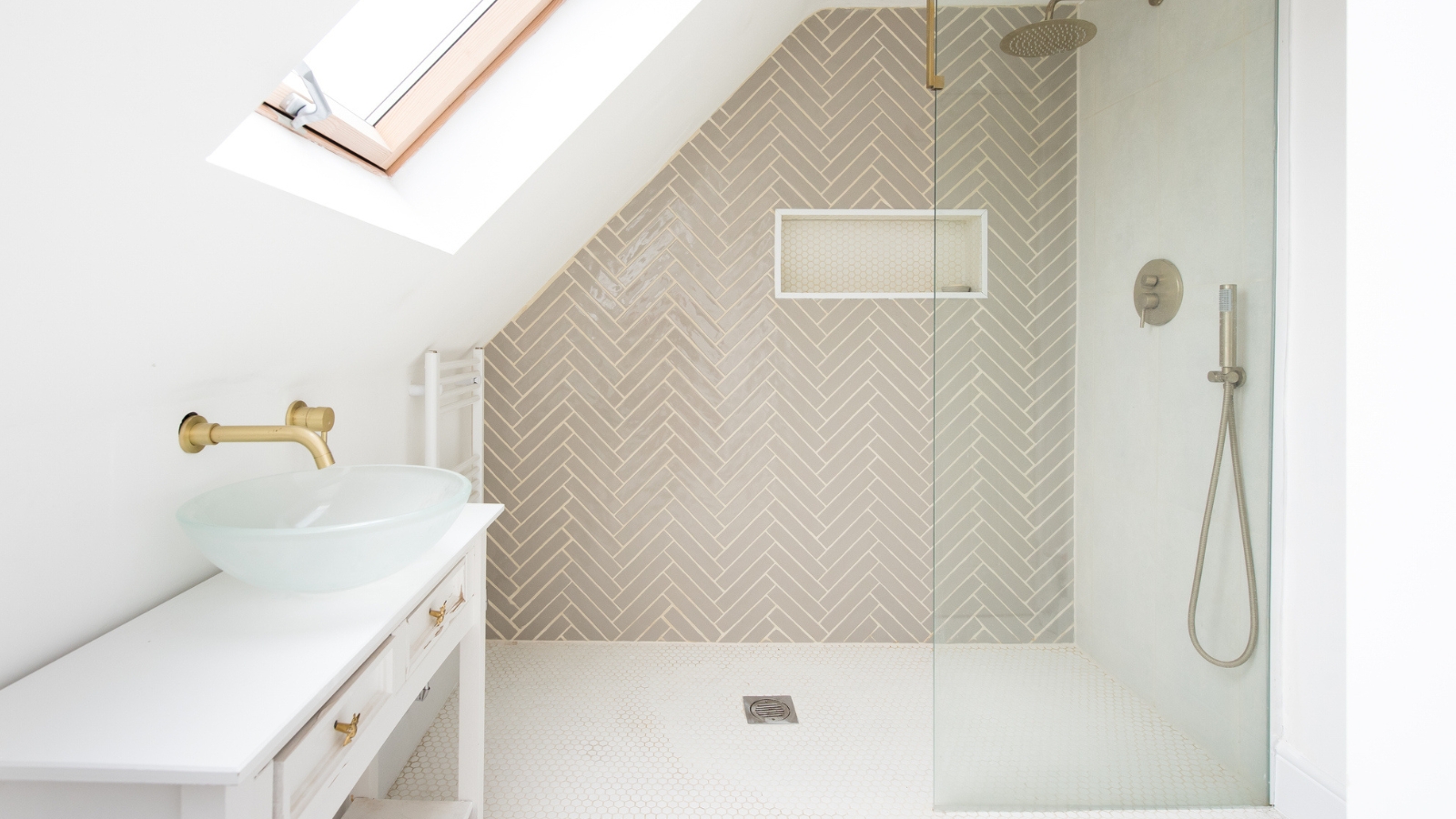
Mold is a common bugbear in homes up and down the country – and it’s no wonder why. Mold thrives in warm, damp and poorly ventilated areas, so rooms like bathrooms and kitchens provide the perfect environment for this pesky fungus to flourish.
You might have used various methods to get rid of this irksome organism. However, an expert mold remediator says that the best way to remove the fungus is to use ‘moisture channels’, which will prevent it from growing in the first place.
Having good ventilation, airflow and 'moisture channels' in your home will help prevent common types of household mold.
Creating moisture channels could be key to banishing mold completely
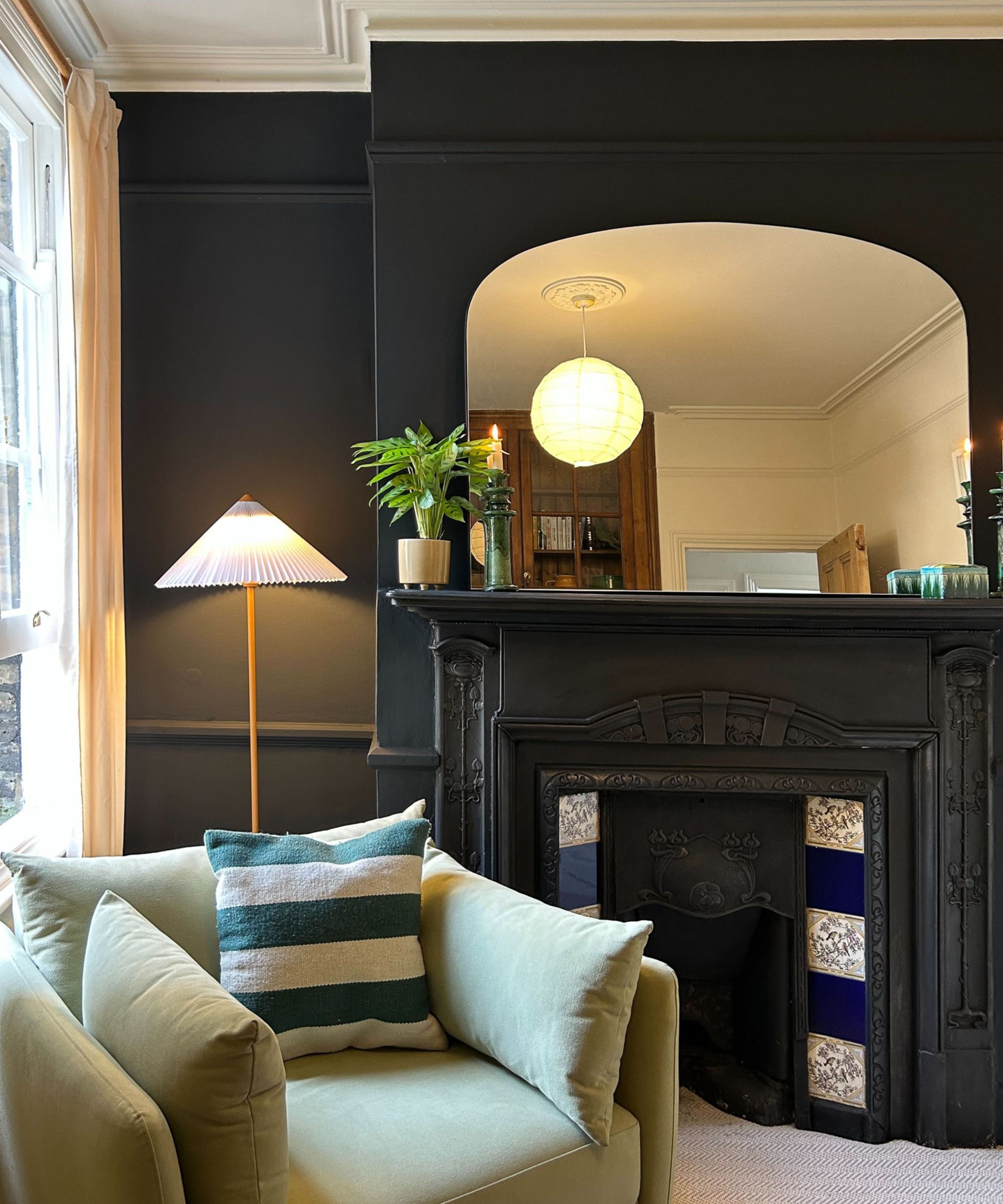
If you have mold growing in your home, it’s wise to learn the best ways to clean mold off walls, as these spores can be hazardous to your health and spread the problem further.
That said, if the same damp, warm and poorly ventilated conditions exist, the pesky fungus will continue to grow. This is why Evie Graham, a professional cleaner and the owner of Waste Direct, recommends improving the ventilation in your home by creating moisture channels.
Evie says a ‘moisture channel’ is essentially a natural ventilation trick that helps air move freely through a room, so damp doesn’t get stuck in one spot.
‘By making sure furniture is positioned with enough space and airflow isn’t blocked, you create paths for air to circulate properly,’ Evie says. ‘This stops humidity from settling in hidden places like behind furniture or in corners — which are places where I often see the worst mold problems.’
Evie says opening a window for short periods is another natural way to ventilate your home without big energy bills. ‘If air isn’t moving through a room, moisture just sits there, creating the perfect conditions for mold to grow,' the expert adds. 'This happens a lot in rooms with blocked vents, heavy furniture against walls, or no windows to let fresh air in.’
It doesn't have to be for long, either. The German shock ventilation technique can help banish mold with just five minute bursts of fresh air daily.
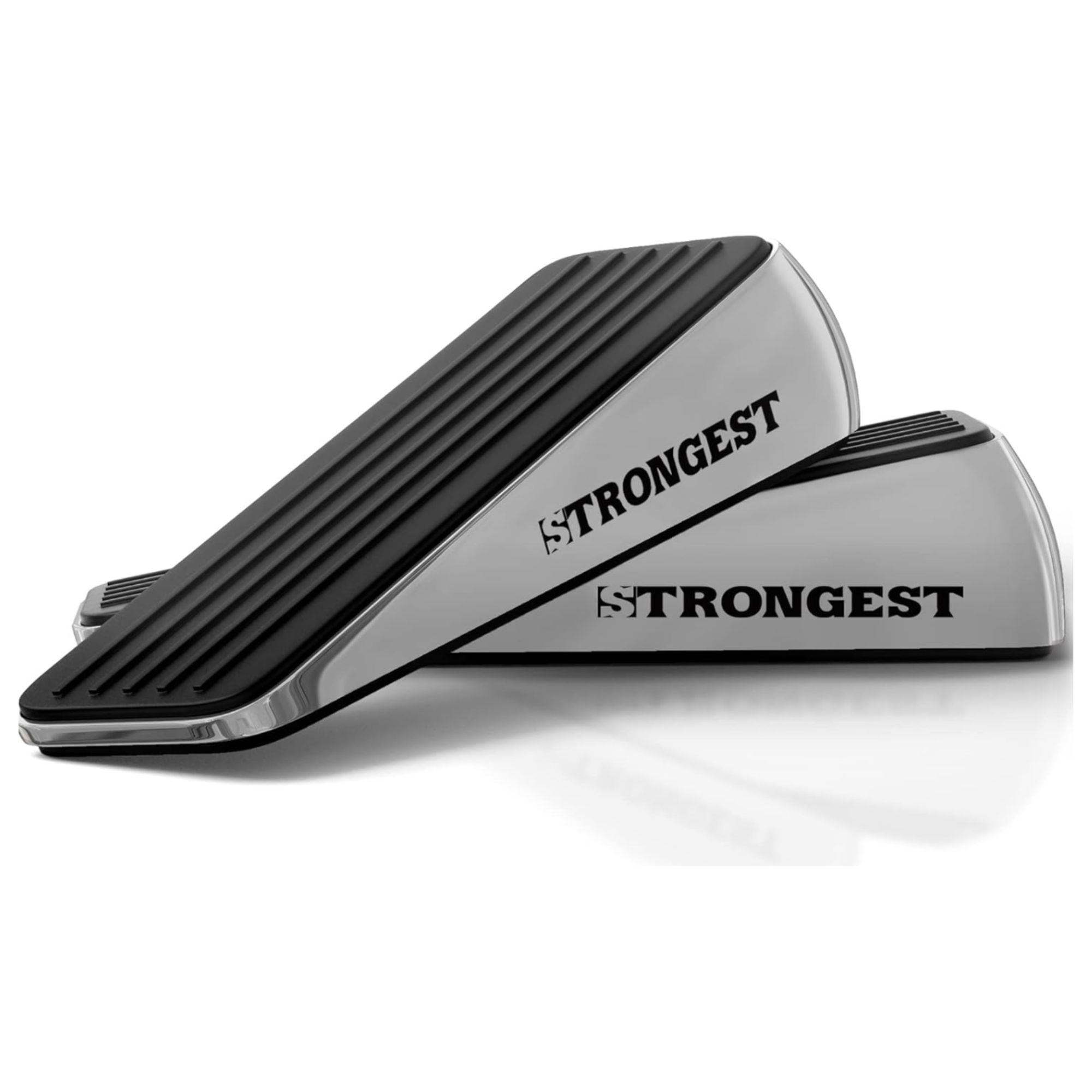
Instead of letting stale air just sit in a room, simple things like leaving internal doors open will help air move freely. Coming in a two-pack, this heavy-duty metal wedge will help you keep any internal doors open and facilitateproper air flow.
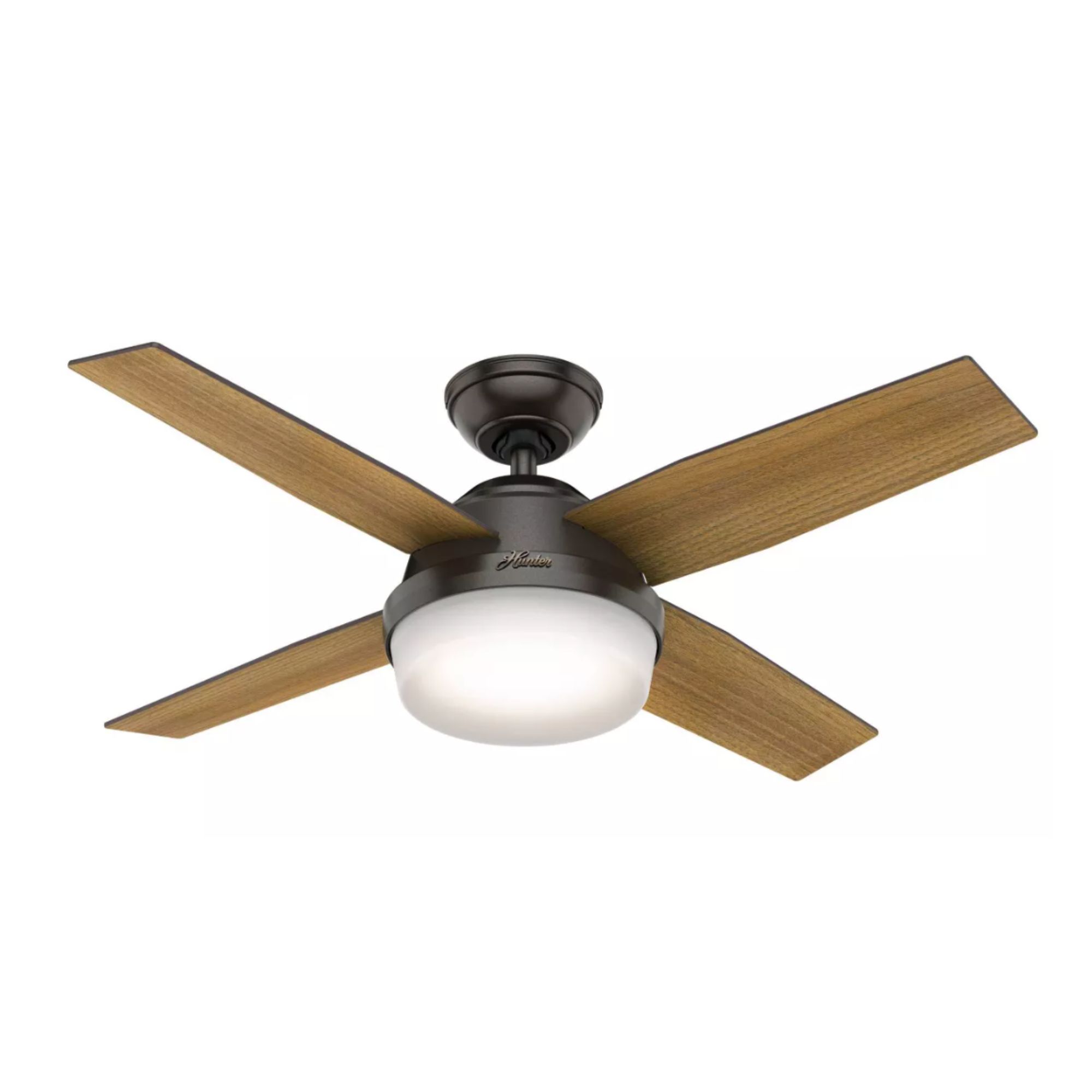
One mechanical way to ventilate your home is by investing in a ceiling fan. While a fan won’t work to remove stale air, these handy additions can help to ventilate a room. This option comes with a reversible motor (which will come in handy for distributing cold air in summer) and three speeds.
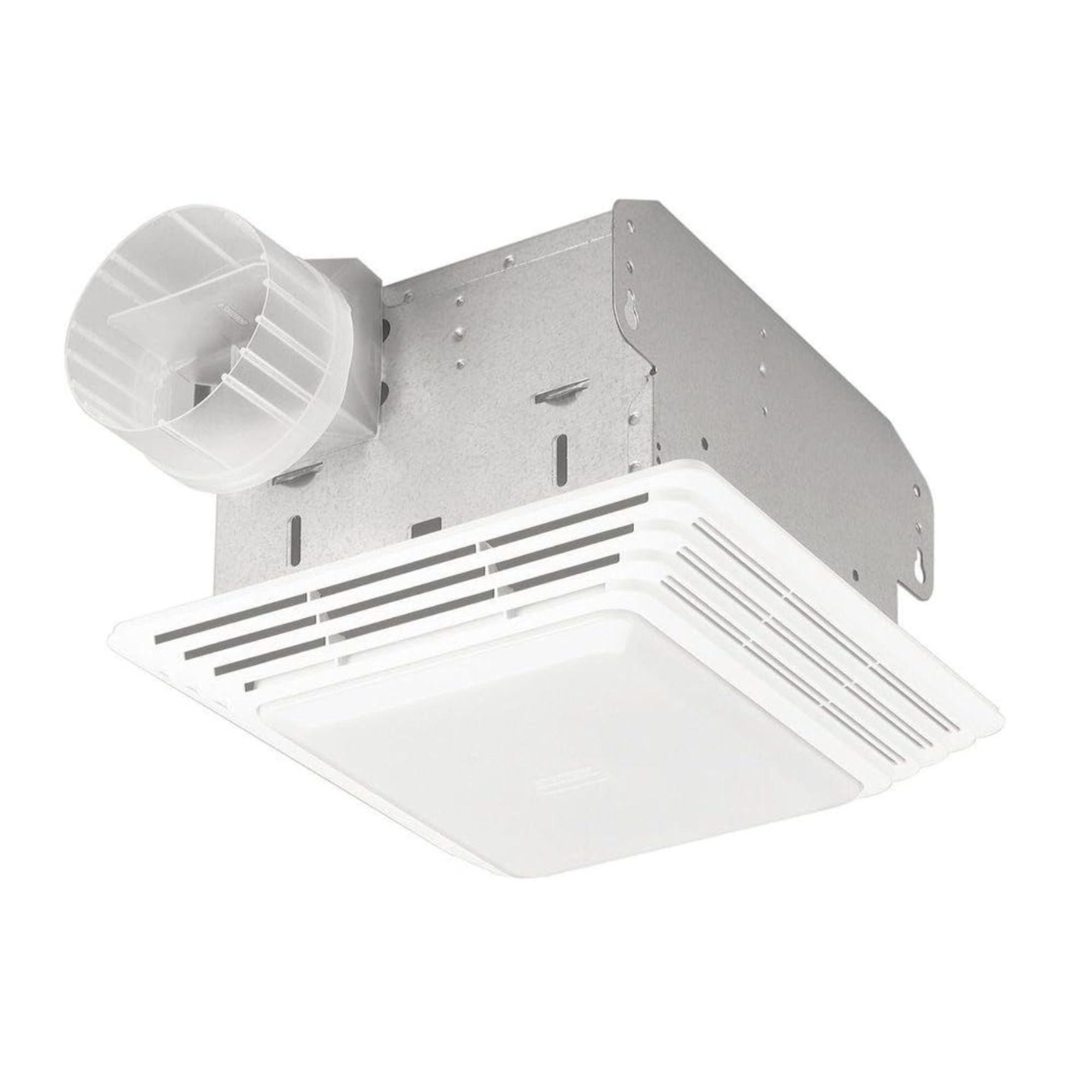
A brilliant bathroom exhaust fan is another healthy home upgrade that can help prevent mold, condensation and remove odors. Easy to install, this fan is a two-in-one as it's fitted with a light too.
How to create a moisture channel
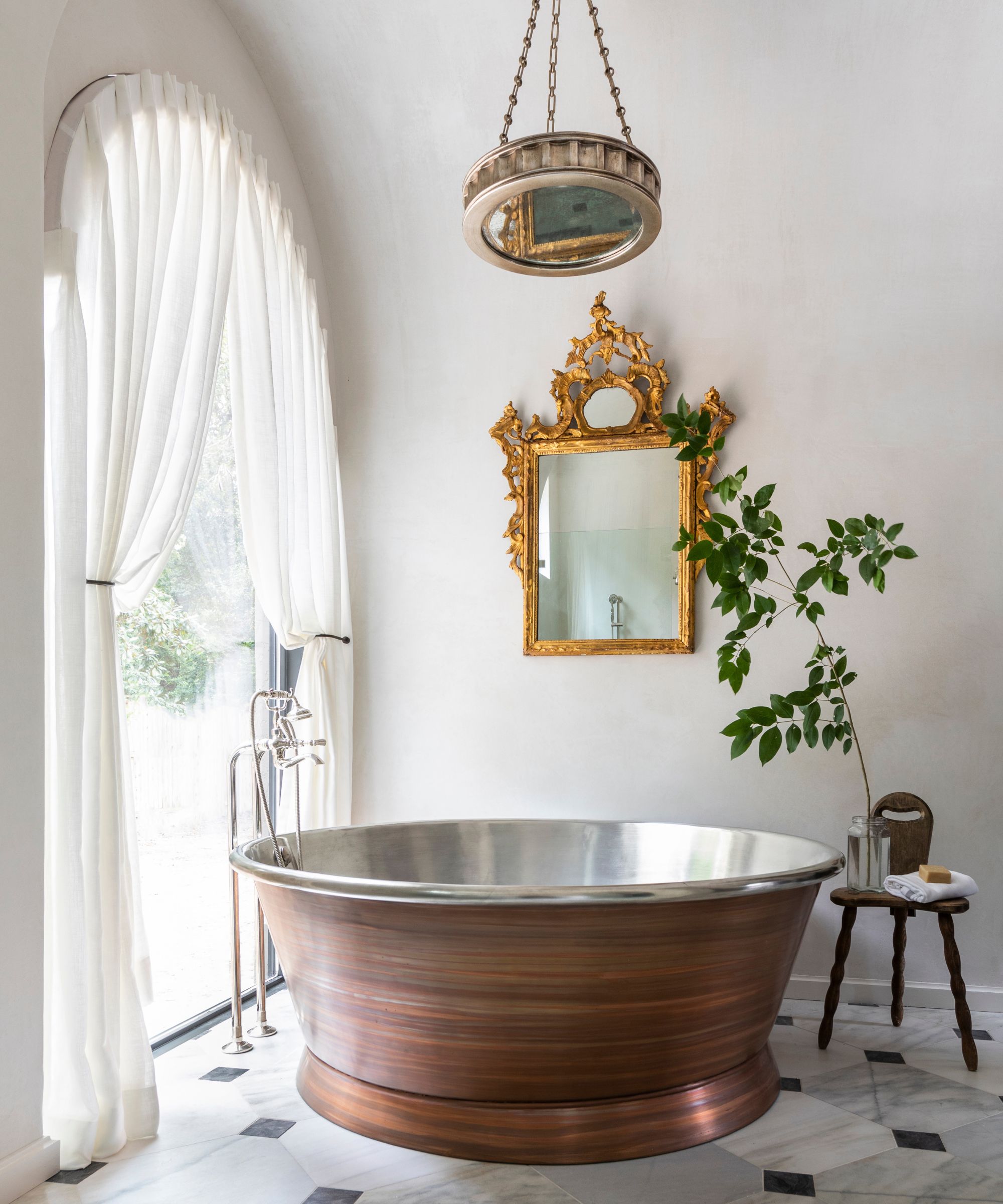
To create an efficient moisture channel, Evie recommends taking a four-pronged approach:
- Make sure vents are left unobstructed. This will ensure your HVAC system is distributing air effectively and help you ventilate your home without big energy bills. Just don't close vents in unused rooms.
- Ensure heavy furniture, like sofas or beds, aren't placed against walls. That way, they won't obstruct air conditioning, vents, or windows.
- Have good cross ventilation between rooms. This will also help cool down bedrooms fast in the summer.
- Be strategic with the placement of a dehumidifier and use moisture absorber packs, available at Walmart, where needed.
‘In my daily work, I create these channels by strategically positioning furniture and ensuring proper airflow paths through rooms,' Evie explains. 'It's a technique I developed after seeing countless properties struggle with recurring mold issues.'
However, according to Evie, the effectiveness of a moisture channel comes down to understanding airflow patterns. So it’s worth learning how to balance airflow in your home.
‘I've consistently observed how these invisible pathways prevent moisture from settling in corners and behind furniture – areas where I frequently encounter the worst mold problems,’ she adds.
And, when it comes to reducing humidity levels, our expert mold remediator suggests reading up on the best place to put a dehumidifier. 'I direct my clients to avoid window sills, bathrooms, or laundry areas as these locations actually worsen the moisture problem,' she says. 'Instead, I recommend placing units in room centers, slightly elevated where they can effectively process air from all directions.'
If you've ticked off these four approaches to creating moisture channels but still have mold growing, you could have a hidden or historical leak. If you suspect that's the case, Evie suggests conducting regular checks with moisture meters, such as the bestselling General Tools MMD4E Digital Moisture Meter Water Leak Detector available on Amazon.
'Wall mapping with moisture meters has transformed our prevention success rate,' Evie adds. 'I personally use them monthly in my projects, especially in older buildings where hidden moisture pockets are common. This proactive approach has significantly reduced emergency call-outs for my waste management team, particularly in commercial properties where mold can quickly become a serious health hazard.'
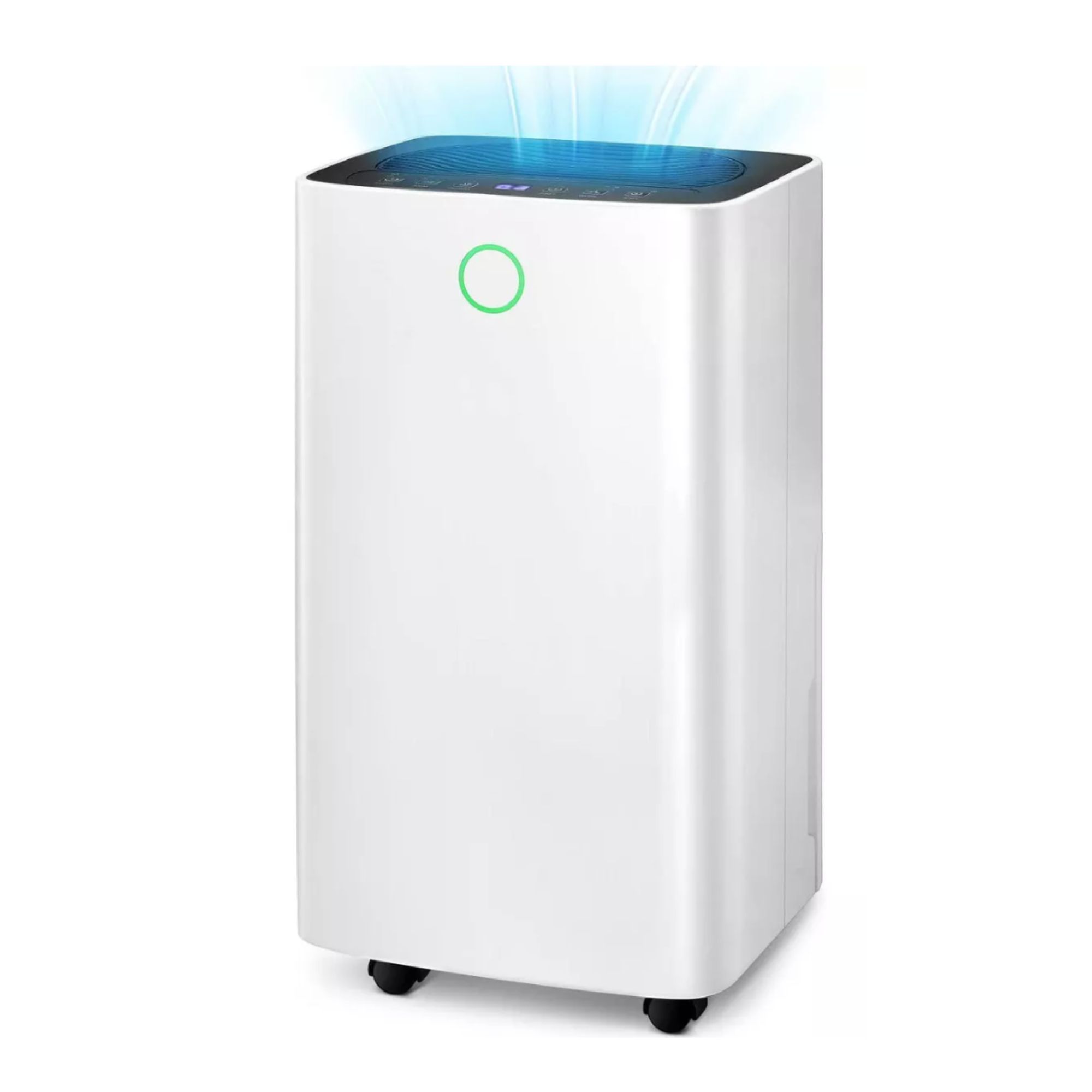
Along with placing your dehumidifier in the right spot, it's also important to ensure you have the right-sized unit for your space. This energy-efficient option removes up to 25 pints of moisture per day so is ideal for bathrooms, basements, and bedrooms.
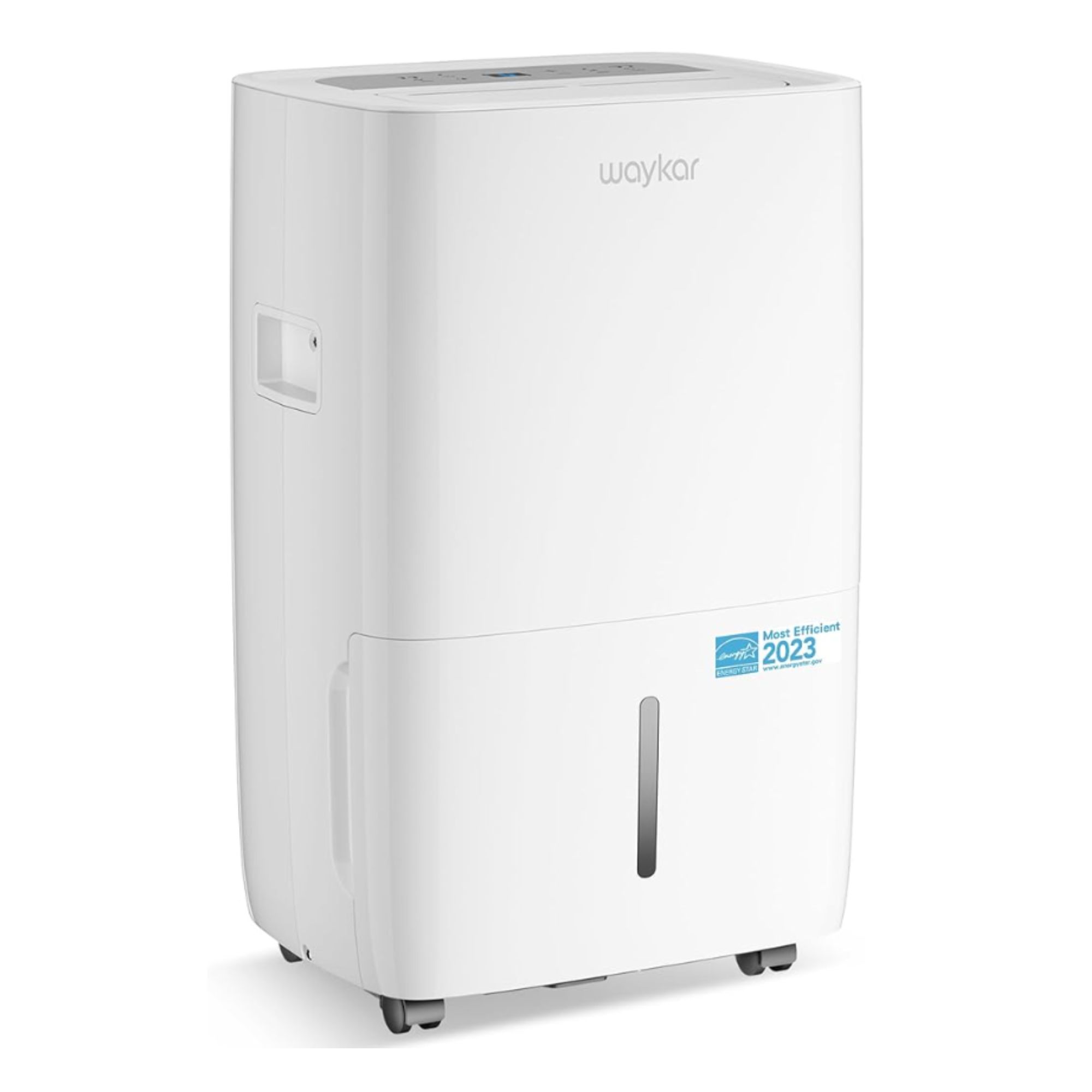
In need of a bigger dehumidifier for your space? Catering for up to 5,000 sq. ft rooms, this unit, which has racked up more than 19,500 reviews, can suck up to 80 pints of moisture out of the air per day.
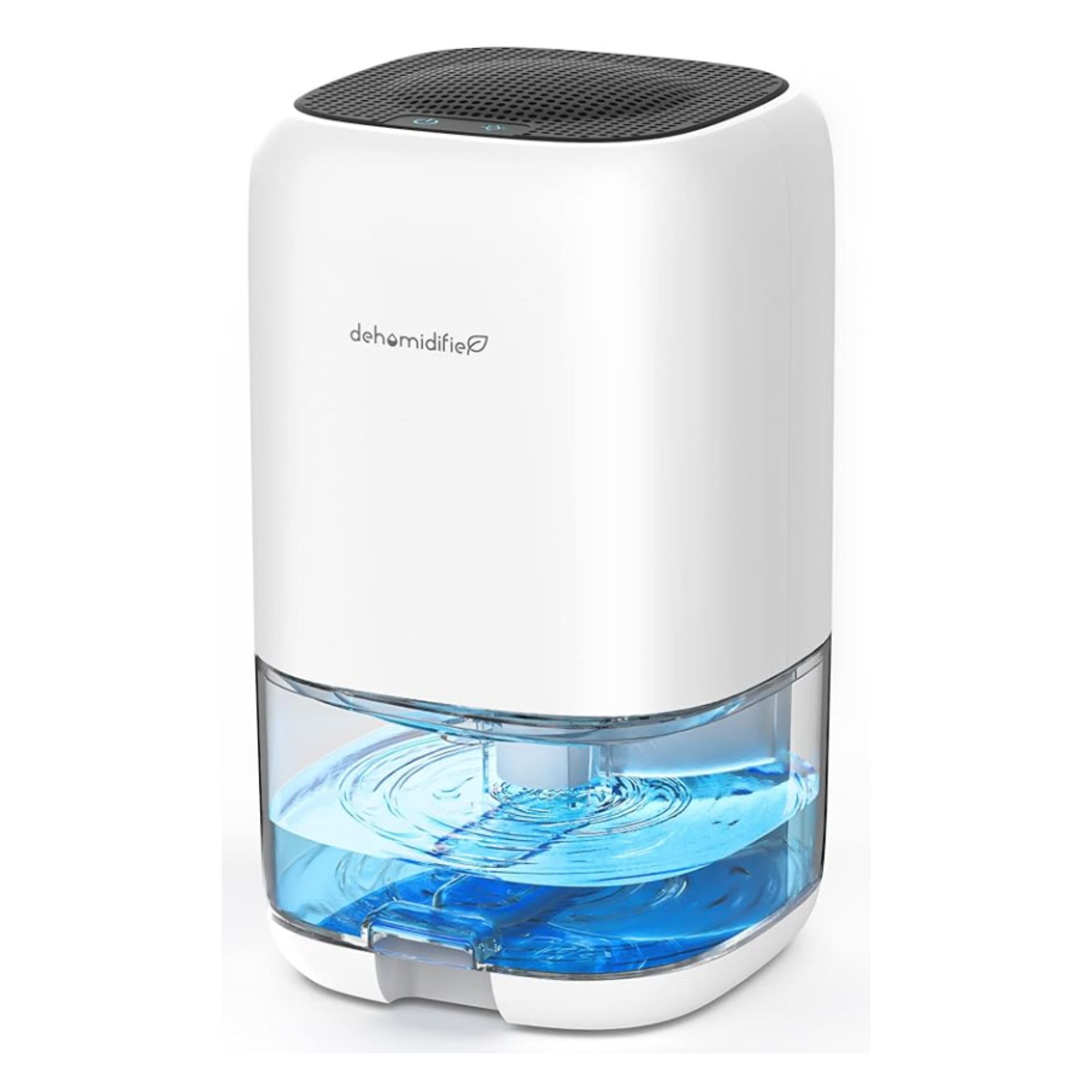
Operating at 28dB, this near-silent and small-but-perfectly-formed unit can collect a max of 450ml of water in 24 hours. It also comes with a colorful light, too. So it's ideal for small at-home offices or bedrooms.
FAQs
What creates moisture in the home?
Moisture in homes can occur from a variety of things including cooking, washing dishes and bathing. Even breathing releases moisture into the air, which is why if you close your bedroom door at night, it's not unusual to wake up to condensation on the windows. Elsewhere, using a tumble dryer or running a bath increases moisture rapidly. There are various methods to try and stop condensation, but the most effective is reducing overall humidity in the home.
This will reduce the risk of mold in your home as taking away the excess moisture means any mold spores will not have the right environment to thrive.
For example, you could try using salt as a cheap trick to get rid of condensation and decrease humidity, add the best plants for bathrooms or hanging moisture absorbers available on Amazon to lower humidity.
Meet our expert
Of course, mold isn't the only fungus to grow in homes. Mildew can occur too. Learning the differences between mold vs mildew will help get rid of mildew properly.
To clean mold, try cleaning with white vinegar or cleaning with lemon juice as these natural solutions are effective on minor mold problems. If you’re looking for commercial mold-busting spray, we recommend the Mold Stain Remover Gel Cleaner from Amazon, which promises to be fast and effective at removing the fungus from surfaces. The same goes for Clorox Plus Tilex Mold and Mildew Remover from Target, which kills 99.9% of household mold and mildew.
Otherwise, if the mold is over a large area, has spread down into carpets or deep into walls, it's time to call a professional.







